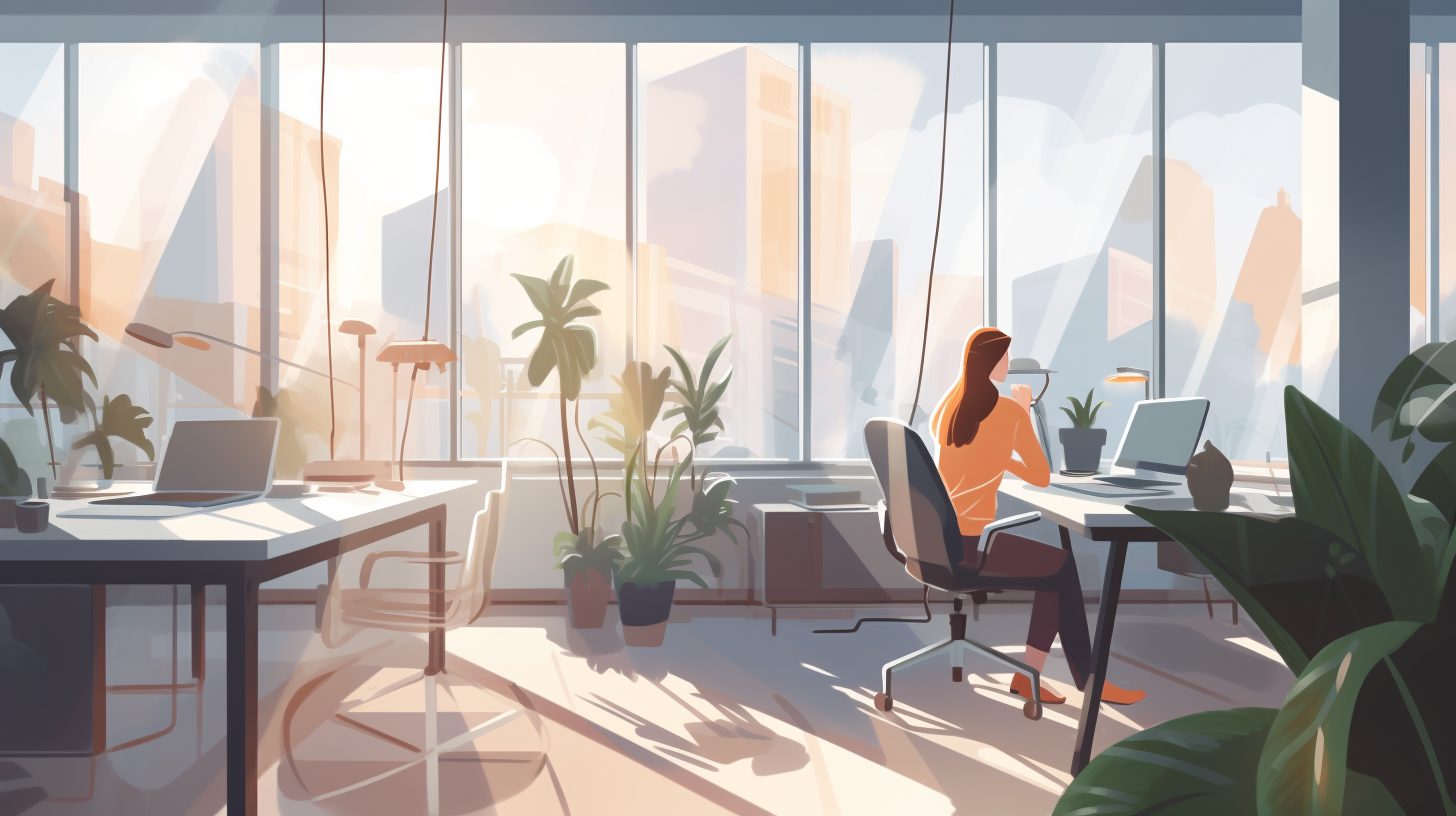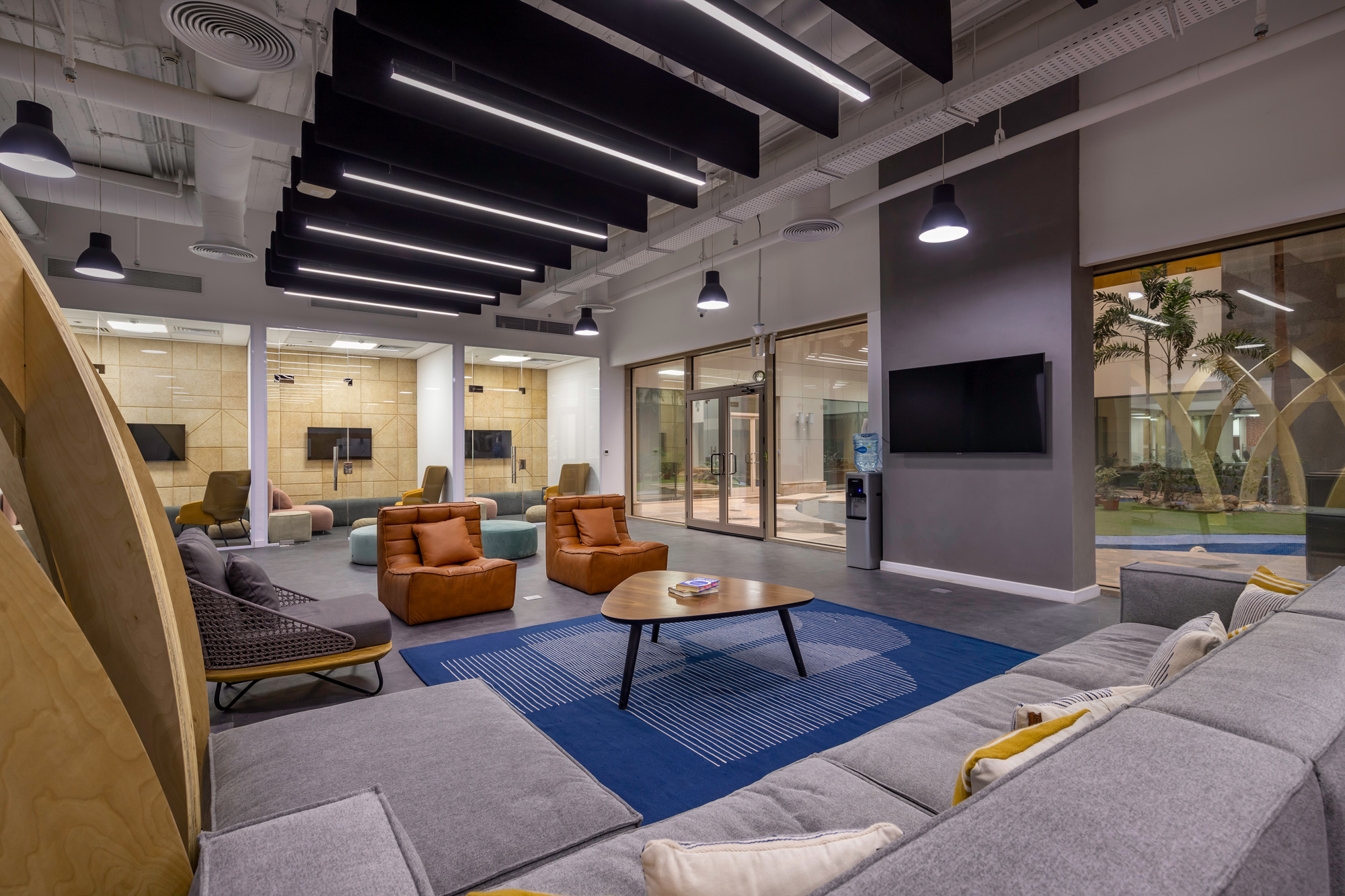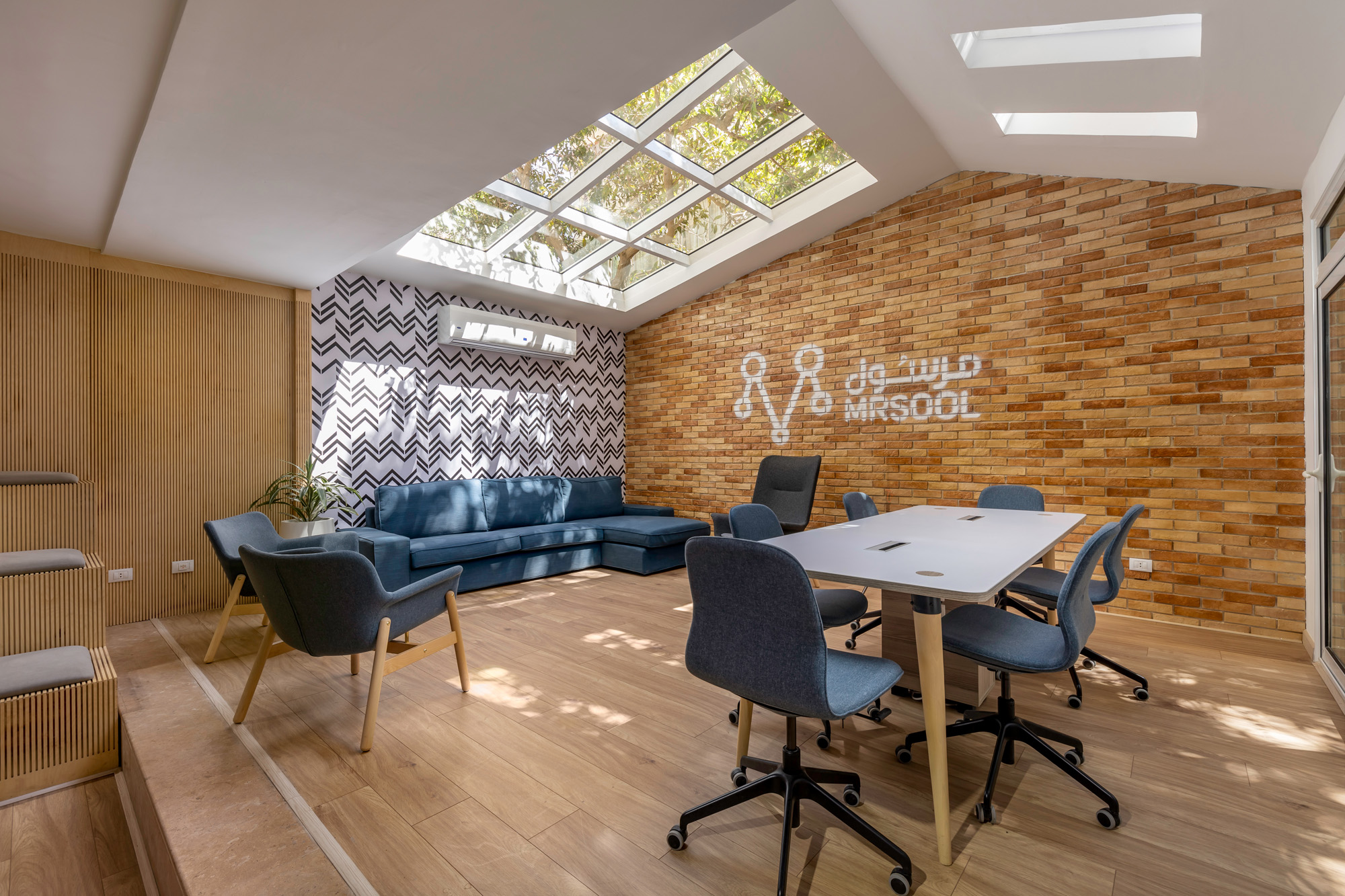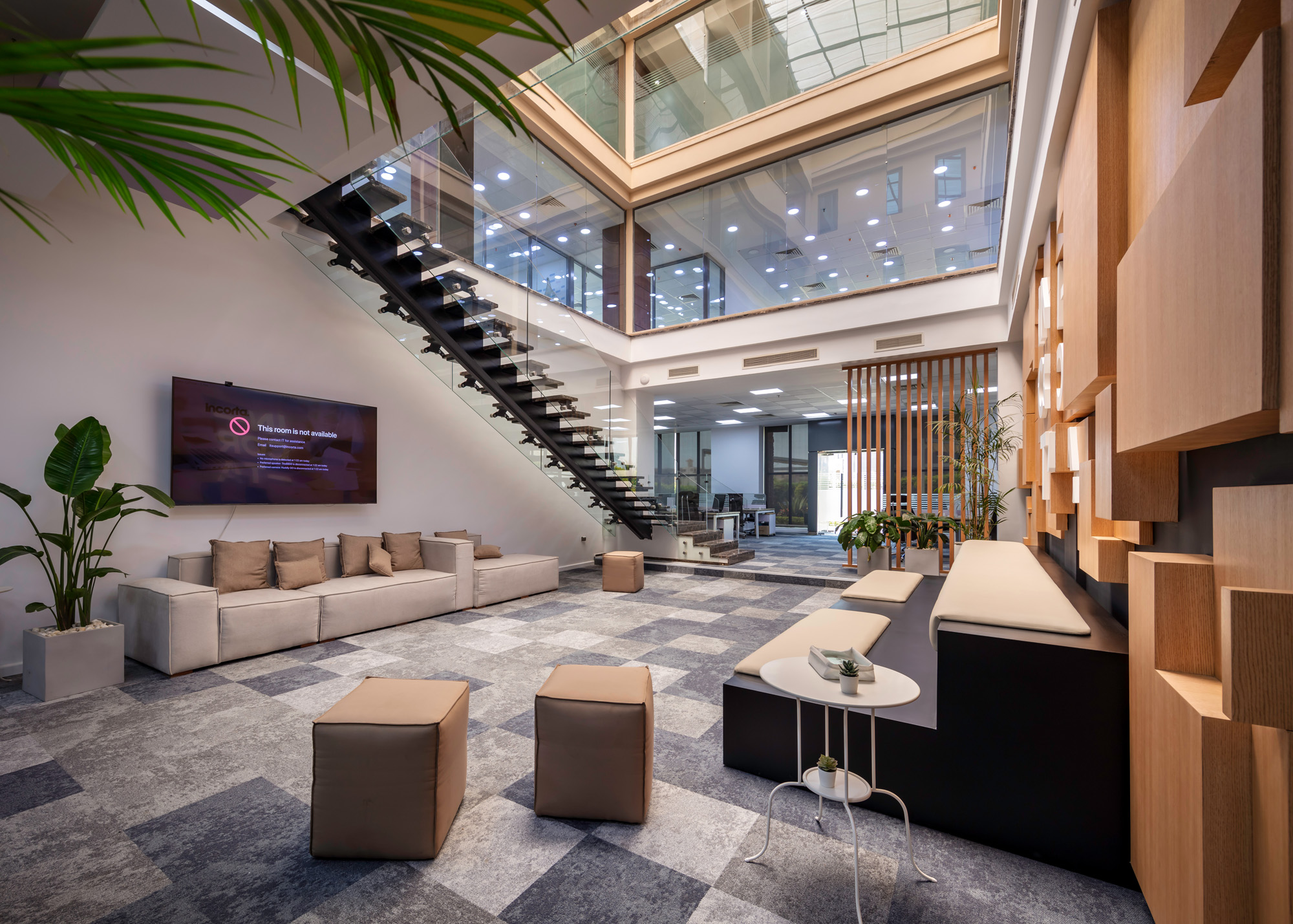
From Burned Out to Balanced: Designing Workplaces for Well-Being and Productivity
Feeling stressed, overwhelmed, and burned out seems to have become an all-too-common...

It’s time to debunk the workplace myths that natural Light is a luxury, that electric light is enough, and that workspaces with windows are only for executives.
First, it is necessary to understand that daylight is more than just a source of light for our vision. Daylight plays a vital role in regulating our internal clock.
We all have an internal clock in our body responsible for running our internal functions on roughly a 24-hour cycle, called the ‘Circadian rhythm.’ The Circadian rhythm plays a vital role in regulating patterns of core body temperature, brain wave activity, hormone production, cell regulation, and other biological activities. Exposure to natural light helps to keep these internal clocks in sync with the external environment. It consequently affects our hormones and energy levels during the day and hugely affects our health.
However, we commonly spend most of our days indoors — in workplaces that have poor natural daylight and eclectic lighting systems with fixed emissions. Such lighting conditions are not adaptable to the needs of the circadian rhythm. This lack of natural light exposure during the daytime could lead to disruptions in our circadian rhythms. Associated health issues include impairment in cognitive functions, depression, diabetes, and metabolic and sleep disorders.
Recent studies show a significant reduction in eyestrain, headache, and drowsiness among employees who get a chance to enjoy daylight in the workspaces. In addition to the benefits for individual employees, access to natural light has been shown to have a positive impact on overall productivity.
Although it would be ideal to provide all employees with workspaces that have access to natural light all day, this is not always possible due to space and design limitations – such as in the case of offices with deep floor plates or short frontage width.
One strategy to maximize the use of available windows, atriums, and skylights in the workplace is to consider the space layout. In this regard, @ IWBI recommends – in the WELL building standard – locating common spaces within 5 meters from envelope glazing. The common spaces have unassigned seatings and can accommodate at least 15% of the employees at the workplace. This layout strategy allows more employees to access areas with natural light. For example, common spaces could include work lounges (as in the case of Moneyfellows workplace) or, unassigned workspaces (as in the case of Mrsool workplace), or breakout spaces (as in the case of Kaf workplace).



Now, think about your workplace. Having access to natural light is not a luxury. It is, rather, a vital aspect of creating a healthy work environment for all employees.